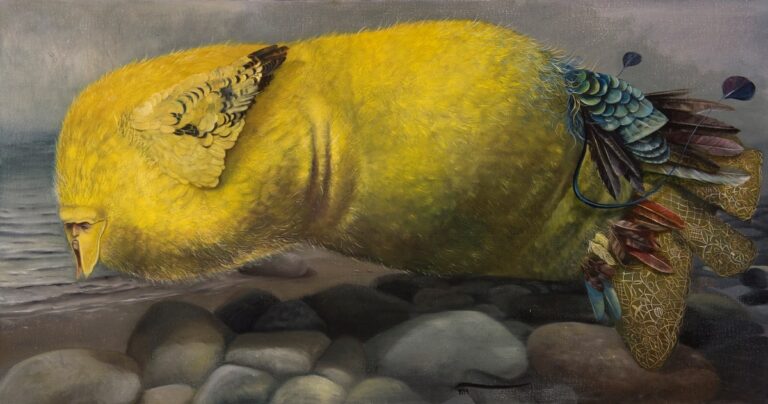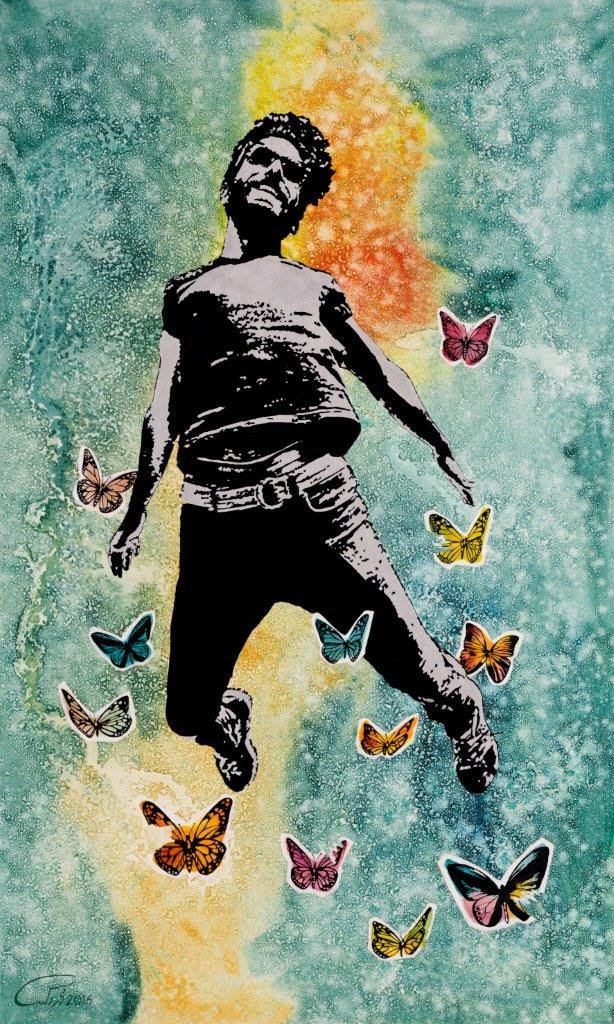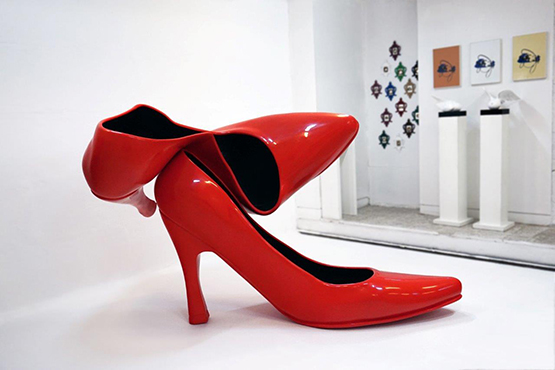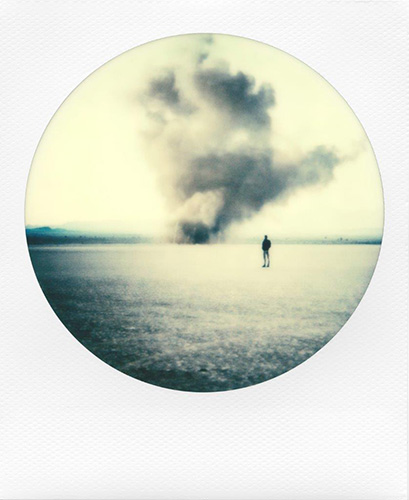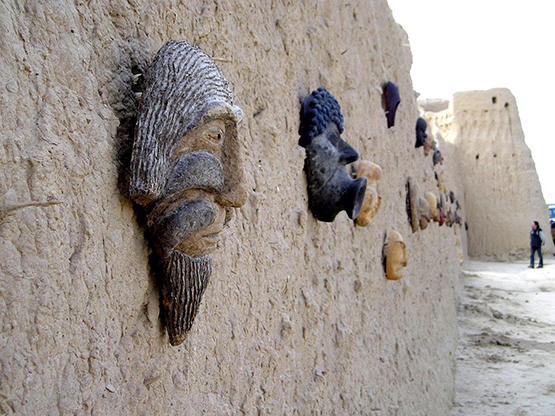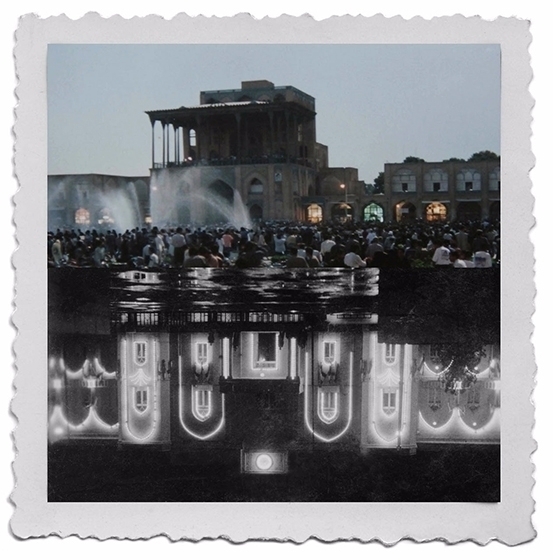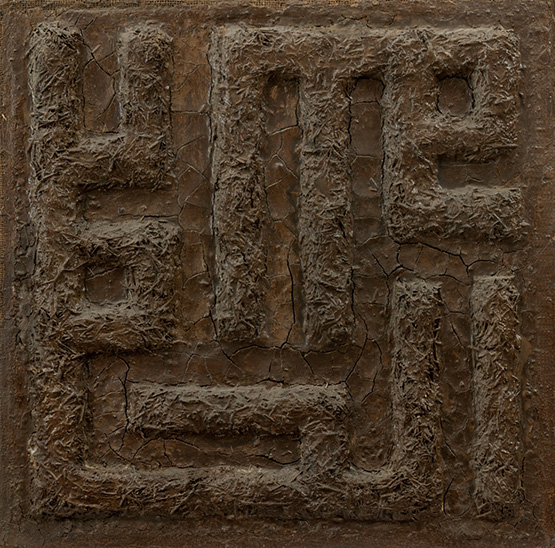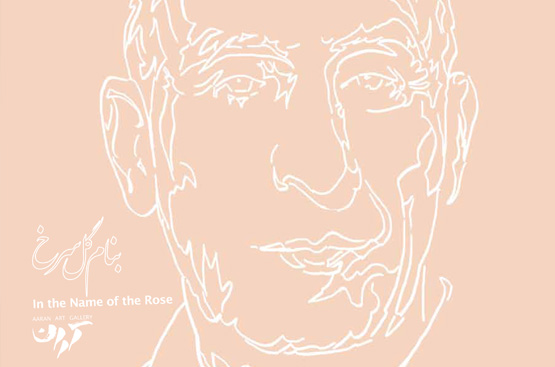Curated by Mario Iannelli
The exhibition “Far From Where We Came” brings together the energy and the skills of eleven artists of different generations, all based in Italy. Each artist develops an aspect of the subject through his original linguistic syntax and different media, including video, painting, sculpture, installation, ready-mades and performance. “Far From Where We Came” talks of a contemporary reciprocal gaze in which past and future join in an irreducible relationship. The following paradox has its roots in ancient traditions as well as the contemporary art scene. Ancient poetry, Greek tragedy, and Roman tradition gave us, to mention some examples, the figures of Orpheum, Gilgamesh and Janus, characters relating in certain aspects to artistic practice. The question we are able to answer today (no matter how far we have gone in terms of science and technology) is strategically connected with answering “where we have come from”. Gods and Demigods Double-headed Janus presided over all material and immaterial beginnings: from thresholds and arches to the beginning of the historical and mythical time and of every new enterprise, war or peace. Janus represented all forms of passage and change. Gilgamesh, two-thirds god and one-third human, sets out in a quest for immortality and, when heartbroken by the death of his friend Enkidu, continues his quest with nobility and courage in the territory of Utnapistim, called “the Far”. Orpheum, son of Apollo, endowed with intuitive knowledge of degeneration and regeneration cycle of the natural world, was placated, affected and persuaded with his chant, Charon, Cerberus and Kore, because of his love for Eurydice. Yet when he reached the end of Hades, doubting she was there, turned his back and saw her disappearing and lost her forever. We read in Gilgamesh, “Before you leave the desert lands Gilgamesh will know your arrival in his dreams.” Gilgamesh learnt about his odyssey and destiny through his dreams and wondered what that clear and distorted reality meant. Gilgamesh, like Orpheum and Janus, represents the prototype of an artist exploring the territories of the unconscious, a hero in search of an unattainable goal, the form, the horizon, something always more difficult to realize, an impossible journey to outer limits of the world. Going far, the supreme will of distancing oneself “from where we came” is the ethical principle of a hero stealing the fire from gods: it is the principle of individuality. Comprehending “where we came” pertains to a metaphysical dimension, a fixed and unchangeable ineffable reality one can only cognize but never live totally: you can only perceive the distance, the duration. The paradox is this: when we go “far” we distance ourselves “from where we came” and so the direction, the sense or distance is established by the second term. Getting far can lead to a blind alley, a labyrinth becoming more and more complicated. The aesthetic experience develops against the skills of going far and returning back again. Some decisive shifts can gather the sense of progressive change of time in space, as in thought and in imagination. “Far From Where We Came” is a paradox because the more we go “further” the more we understand that in fact we are approaching, in a way never equal to the former. The same case applies to aesthetic experience: we practice the cyclic and ritual contemplation of both aspects. Founding its proper cognitive analysis on experience and not an objectivity, aesthetics—as matter of interpretation of Beauty—actually supplies us with just one aspect, a splinter and not a totality. The aesthetic gaze looks into the distance, somewhere between the “far” and ‘from where we came’ to see its form. In creation, as in art, the void does not exist. The void itself is a form. The not-being is non-existent. The void, as total absence of form, does not exist. Aesthetic experience leads not to the void; the aesthetic experience is not empty. It is a ritual, a sort of contemplation, a cyclic return. The experience of going far and the experience of Beauty are transformed and introduced into our real conditions. Gilgamesh wanted to become god-like, but he was a man. Orpheum was obliged not to turn back. Janus received from Saturn the gift of being able to see both future and the past. The greatest form of going far is the dream; the perfect form is to forget; but if I forget, I fall in a different and bigger paradox. If I forget, thinking will no longer make any sense; it will not make any sense if I have really gone far. What would have happened if Gilgamesh had forgotten everything while going far? What chant is Orpheum playing? What are the faces of Janus seeing? In Vettor Pisani’s drawings—obsessively representing a human profile and an island— the form evolving on the horizon is the image of the infinite. “Miaosfinge”, a pyramid of three cans, plays upon quotations and the language similar to the ‘Rabbit and the Philosopher’s Stone’. Flavio De Marco’s “Landscapes” represent a fractal horizon, a unit in the structure of the gaze, able to reproduce all equal landscapes. Mario Sasso’s triptych turns over the gaze to the top to find a new space for imagination, disappearing and emerging again in the contamination of the urban space. Piero Mottola’s “Articolazioni cromatico-emozionali vicino-lontano” is produced by a neutral and minimal impulse looking for maximum stimulation of perceptive events in a visual structure. Matteo Peretti’s “Portraits” (“George”, “Barack”) and ‘Shopping’, an assemblage of plastic shoppers, evoke a second look, creating new skins on known surfaces. Daniele Jost’s ‘Babels’ evoke a shift in a different context, different from the original, close as well as remote, mythical and technologic. Carlo Gabriele Tribbioli’s “Paeasaggi Scheletrici” marks mental maps in the margin of objects re-emerging as abstract signs. Mastequoia’s “Strade antiche certe and idem p.” presents the documentation of an activity reconstructed by group during the exploration of an itinerary of an ancient Roman connecting road, bringing back drawings, documents, notes, photos, archeological and industrial finds. Navid Azimi’s installation of a “Five-Pointed Star” is a metaphor of intertwining of order and disorder, life and death. The two works on paper in the series “Rokh” and ‘Cypress with Skull and Apples’ manifest the most principal aspects of his figurative world. In Giulio Squillacciotti’s “farfromwherewecame” (digital film 8”) (which gave its title to the exhibition) a narration is built upon imaginary facts starting from those photos and cards which complete, at the same time, the original work. On the contrary, in Carlo Spano’s “Frazioni Dinamiche” (digital film 58”), passages of real life, without a logical sequence or a will to narrate (only accelerated or slowed down), reproduce the simulation of a cinematographic kind of quality of image and duration.
Artists: Vettor Pisani, Carlo Gabriele Tribbioli, Giulio Squillacciotti, Matteo Peretti, Piero Mottola, Flavio De Marco, Daniele Jost, Navid Azimi Sadjadi, and Mario Sasso











